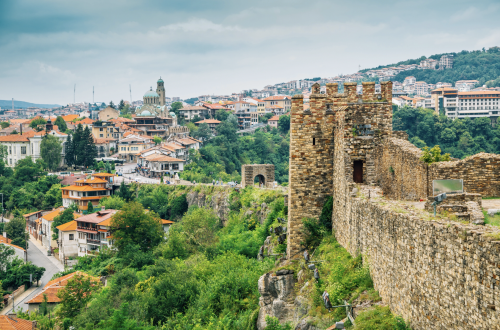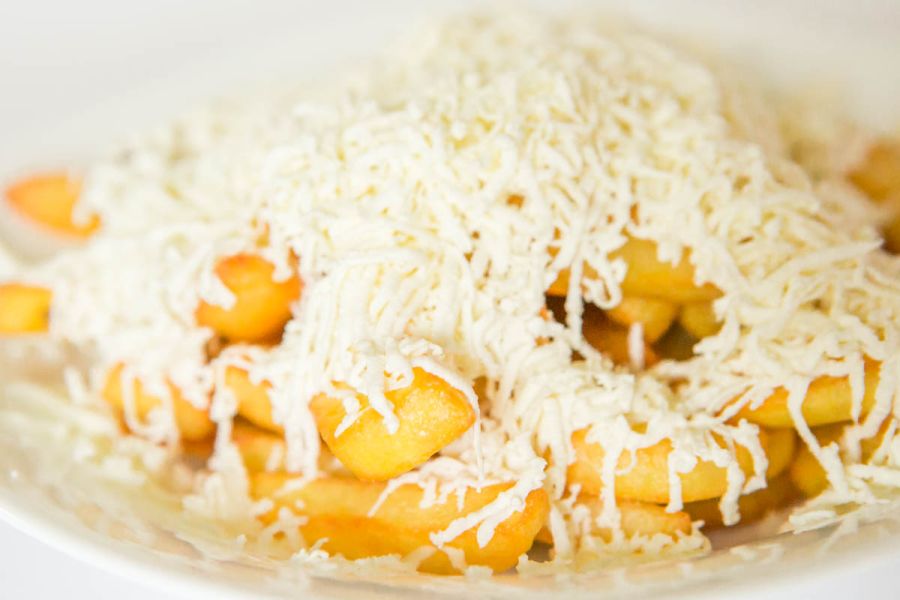
Bulgarian cuisine: the favourite chips and cheese
Chips are a guilty pleasure all over the world. In Bulgaria, they are doubly so – because they are rich in calories and because they are “simple”.
If there is an underappreciated food in Bulgaria, it is ‘kartofi sas sirene’, or chips with cheese. Even the most inept housewife can make them. In their absence, drinking beer loses its reality and becomes a meaningless act. You can order them at roadside pubs with only three items on the menu and in posh restaurants where the list of dishes is longer than ‘War and Peace’. Under Communism, they were a social status symbol.
And yet nobody outside of Bulgaria has ever heard of them. They are not a touristy staple like English fish and chips. They don’t have the historical pedigree of French fries, which, as Thomas Jefferson’s diary proves, have been known since at least the beginning of the 19th Century. Bulgarians included their chips (or kampiri, patati, baraboi or simply kartofi) into their diet much later, after the Liberation from Ottoman rule in 1878. In spite of their age, however, Bulgarian chips and cheese are not as well known as “freedom fries”, which appeared in 2003 in the US House of Representatives’ cafeterias as a result of anti-French feeling over the war in Iraq.
Bulgarians are the only ones to blame for this. They advertise to the world their Shopska salad, tripe soup, rakiya, sarmi, tarator, moussaka, beans po manastirski, roast lamb, wine, white cheese, and yoghurt but not their kartofi sas sirene. They are probably ashamed because they look too “simple” (the chips, not the Bulgarians). So simple that in the strange shorthand used by waiters when they take their patrons’ orders, they are marked with just a C. When they come with cheese, they are CC. How prosaic. Even a bottle of mineral water has a more elegant acronym – BMW.
It’s true that the cooking of chips can’t compare to the preparation of poached lobster tail with truffle butter sauce. You just peel five or six medium-sized potatoes, cut them into strips and put them in preheated, but not boiling, sunflower oil in a deep pan. Then you fry them until they turn a golden brown, put them on a plate and sprinkle with grated white cheese. Salt and pepper are added to taste.
Easy, simple and perfect as a side dish to go with pork chops, skewered meat, breaded yellow cheese, fried sprat, and beer.
Unfortunately, few people nowadays share Leonardo da Vinci’s belief that “simplicity is the ultimate sophistication.” Bulgarian CC are on the verge of extinction. The substitution of mayonnaise, ketchup, mustard or the three together for familiar cheese could be regarded as evolution. But the real threat comes from the chips in the franchise eateries. These give no sign of having grown in a field but look like they were produced in a factory – blanched, packed and deep-frozen.
Their smell has nothing in common with the aroma of chips that wafts through the streets of country towns on summer evenings. But they are trendy, so trendy that they have appeared in supermarkets and some restaurants.
However, devotees of “real” chips still argue over whether this is a change for the good or the bad. There are now whole generations in Bulgaria with no idea that under Communism, then, formally, everybody was equal, chips were a significant social status symbol. In pubs and restaurants, those on a mere pittance or still awaiting they pay ordered C. CC were for what was considered the middle class. Those at the top had CCL on their plates. The L is for the thin slices of lukanka, or dried sausage, arranged under the cheese and usually slightly soggy from the hot chips underneath.
CCL disappeared with political changes. Today they are served only in a small number of restaurants visited by nostalgic diners. Some say that CCL is the only thing they miss about Communist times.
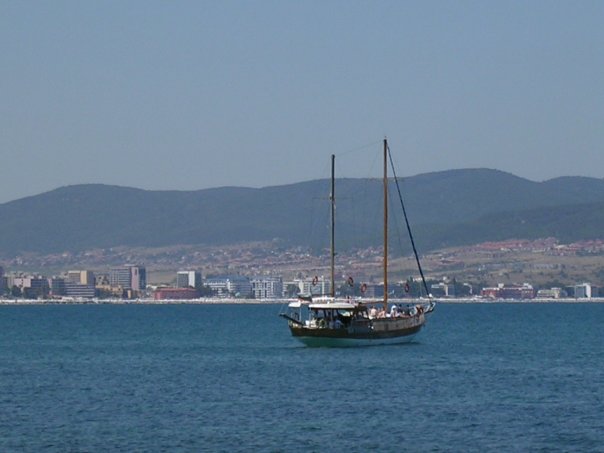
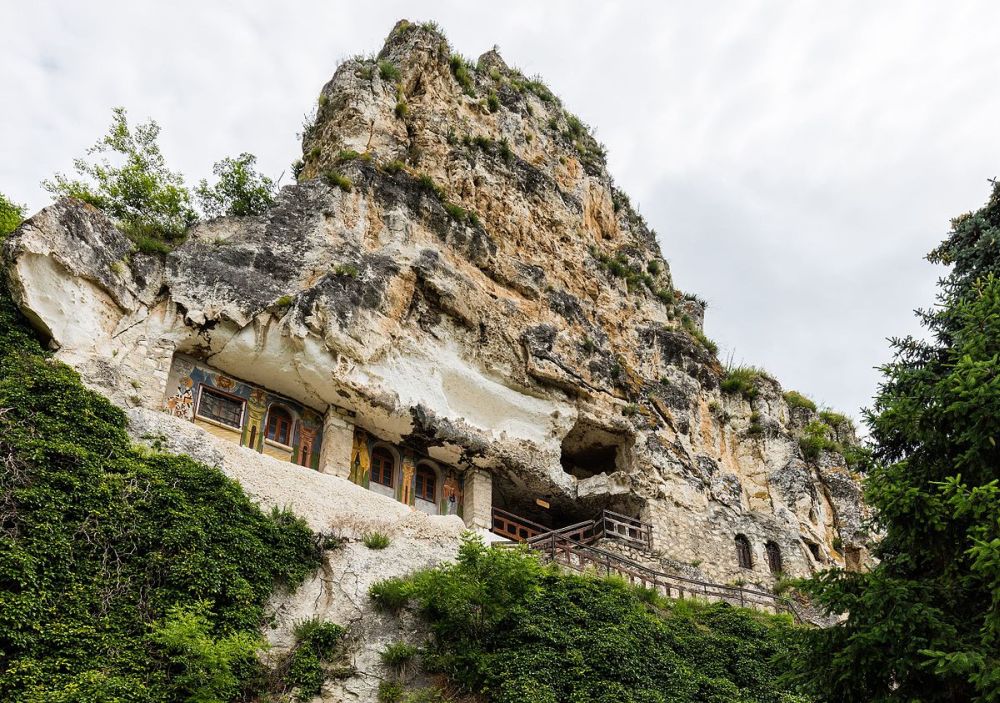
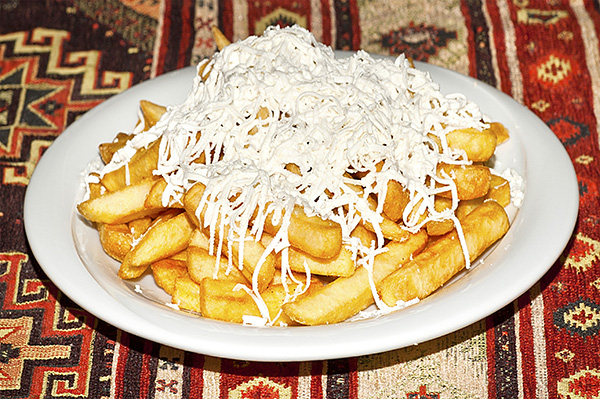
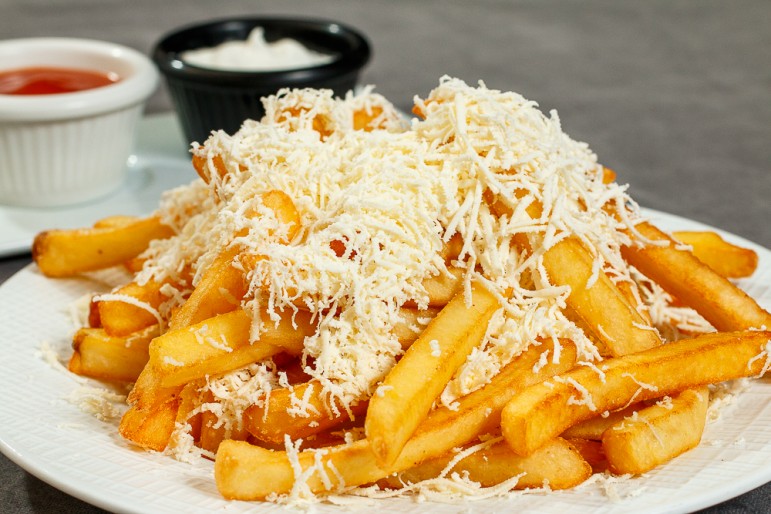


![Nature holiday in Estonia that never fails to amaze: forests and bogs [1] Visit Estonia: forests and bogs](https://www.globeandme.eu/wp-content/uploads/2023/07/maksim-shutov-nQDTxgmB8eQ-unsplash-150x150.jpg)
![Nature holiday in Estonia that never fails to amaze: geological miracles [2] Estonia: forests](https://www.globeandme.eu/wp-content/uploads/2023/07/maksim-shutov-xgNDOT9F2l8-unsplash-150x150.jpg)
